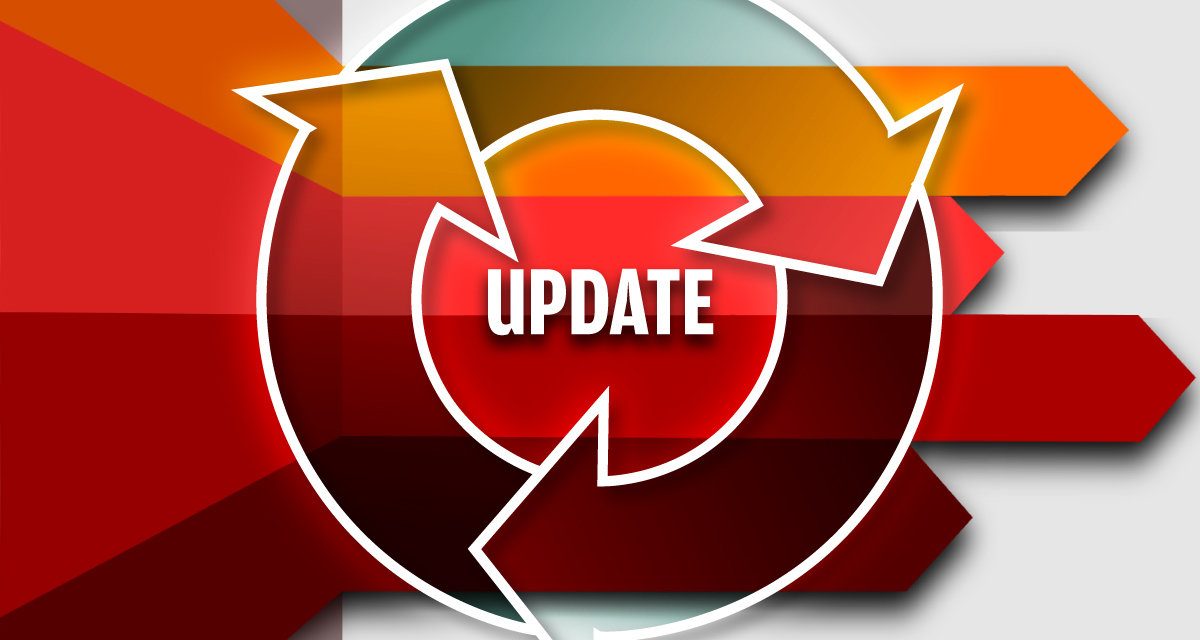Windows 10 users rejected Microsoft’s longtime contention that operating systems should be updated on an aggressive tempo.
After Microsoft gave all customers control over when they upgrade Windows 10, the majority of users decided they didn’t need a twice-annual refresh, data shows.
According to metrics vendor AdDuplex, once Microsoft let users of Windows 10 Home and Windows 10 Pro determine the cadence of OS upgrades, each upgrade’s increase siphoned more users from the version of 12 months before than it did from the upgrade’s immediate predecessor.
For example, Windows 10 version 1903 climbed from 11.4% of all versions in July 2019 to 33% in August. Of the 21.6-percentage point increase, 20.6 points — representing 95% of the total — came at the expense of Windows 10 1803, the feature upgrade issued a year earlier. Just 1 percentage point, or about 5%, of the declines that fueled the increase of Windows 10 1903 originated with Windows 10 1809.
The implication: Left to their own devices, users left Windows 10 alone for a year, the maximum time Microsoft allowed them to run any individual Windows 10 Home or Windows 10 Pro version.
Given a choice, Windows 10 users rejected Microsoft’s longtime contention that operating systems should be updated on an aggressive tempo — necessary, the Redmond, Wash. firm said, to keep up with constant technology change.
First, a brief recap of what Microsoft did last year
AdDuplex’s numbers were no surprise. Computerworld — and many other media outlets, as well as analysts and pundits — had predicted that Windows 10 Home and Windows 10 Pro users would, given the chance, reject the twice-annual upgrade cadence Microsoft had established.
That cadence was established in April 2017 and committed Microsoft to releasing two Windows 10 upgrades each year, one in March, another in September. Prior, the tempo had been unpredictable — Microsoft delivered only one upgrade the year before, for instance — which enterprise customers found untenable.
Under that scheme, Microsoft decided when each Windows 10 Home PC and each unmanaged Windows 10 Pro PC was upgraded to a new version. (By unmanaged, we mean devices not handled by IT administrators.) Those machines, especially the ones running Windows 10 Home, went through the refresh process at six-month intervals because their users were not able to defer, much less decline, an upgrade.
However, 11 months ago Microsoft threw that practice out the window. Instead, it let users of Home and Pro decide when to pull the upgrade trigger through a new “Download and install now” option. Each release would be publicized, but users would choose when to migrate to a new version.
There would be one catch: Citing the need to keep PCs up to date, Microsoft announced that when “Windows 10 devices are at, or will soon reach, end of service, Windows Update will continue to automatically initiate a feature update.” At some point, then, Microsoft would revert to its earlier behavior of automatically downloading and installing a feature upgrade.
It became apparent that Microsoft would begin these forced upgrades — labeled that to differentiate them from those the user initiated — approximately four months before the version in question was due to exit support. (Windows 10 Home and Windows 10 Pro were allotted 18 months of support, with the clock starting at release.) Microsoft would replace the version then powering the PC with the most recent Windows 10 release.
Because of this timing, if users didn’t call on the “Download and install now” option, Microsoft’s mandated upgrades resulted in a once-a-year refresh.
Here’s an example: A PC that ran Windows 10 1803, which launched in April 2018 and received support until November 2019, was not upgraded by its owner. Instead, Microsoft began to forcibly refresh 1803 systems in July 2019. By that time — and through the end of Microsoft’s we’ll-upgrade-that-for-you campaign in November — the newest version, the one with the most support remaining, was Windows 10 1903. That version debuted in May 2019 and is slated to exit support in December.
When Windows 10 1903 gets close to retirement — say, four months prior, or around mid-August — the latest version will be Windows 10 2004, the upgrade that will release at any moment.
The data highlights how upgrade practice changed
The pattern of versions’ increases and decreases changed dramatically when Microsoft modified its upgrade policies.
Windows 10 1803, for example, like the upgrades that preceded it, grew its share of the total at the expense of its immediate forerunner, Windows 10 1709.
From November 2017 to December, Windows 10 1709 increased from 20.4% to 53.6%, a jump of 33.4 percentage points. The vast majority of that gain came from Windows 10 1703, which plummeted from 63.5% to 33.7%, for a fall of 29.8 percentage points, representing 89% of 1709’s increase, during the same stretch. The version two back from 1709, 2016’s Windows 10 1607, contributed just 2.9 percentage points, or only about 9% of 1709’s growth.
That had been the original framework when Microsoft compelled upgrades every six months. Each Windows 10 refresh gained share by cannibalizing the version prior; as the former grew, the latter shrank.
Giving users control of upgrade timing, though, made the majority of them lazy: They let Microsoft do its forced upgrade a year later. Like the earlier example of Windows 10 1903, the most recent version, Windows 10 1909, also illustrated the new normal. Rather than drain the immediate predecessor (1903), 1909 assembled most of its growth from the year-before’s 1809.
From January to February, Windows 10 1909 went from 15.2% to 22.6%, a 7.4-point boost. Most came from Windows 10 1809, which slumped from 22% to 16.4%, a fall of 5.6 percentage points, or about 76% of the total in the same month-to-month period. The upgrade just one back from 1909 (last May’s 1903) declined just eight-tenths of a percentage point from January to February. Assuming 1903’s slip went to 1909, the former represented a paltry 11% of the latter’s increase.
There’s no reason to think the next upgrade, Windows 10 2004, will be any different. When it gains users, they’ll largely be yanked from 1903 by Microsoft, especially from mid-August to the end of the year, the last four months of 1903’s support.
It’s unclear if Microsoft anticipated this shift when it changed the upgrade rules for Windows 10 Home and unmanaged Windows 10 Pro; the company has not as much as hinted at its expectations. That’s understandable, as to do so would be to acknowledge that its rapid development and release rhythm, core to its Windows-as-a-service mantra for Windows 10, has not been completely accepted by customers.
True, annual upgrades remain approximately three times more frequent than pre-Windows 10 editions of the OS. But they’re only half that of the intended pace.
To come up with its Windows 10 version numbers, AdDuplex mined data from third-party Windows Store apps that used the Lithuanian company’s SDK.
This story, “Data confirms: Given control, users opt for just one Windows 10 upgrade per year” was originally published by Computerworld.
Sumber : https://www.itworld.com/article/3532428/data-confirms-given-control-users-opt-for-just-one-windows-10-upgrade-per-year.html








Recent Comments